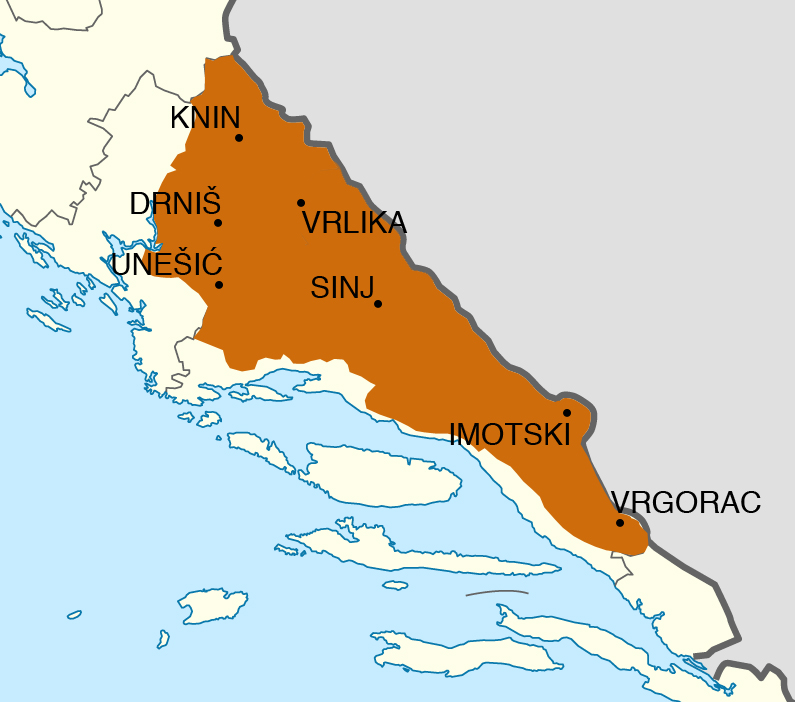Dalmatian Hinterland
Beach. Sun. Sea. Islands. That is all that Central Dalmatia has to offer. Or is it?
While the Dalmatian coast may be the most popular part of the region, a growing number of tourists are heading inland to learn more about one of the last undiscovered gems of Europe – the Dalmatian Hinterland.
Here, behind the mountains, is a region bursting with history, tradition, nature, adventure tourism, gastronomy and just about anything else you could wish for. And all accessible just 15-20 minutes from the beach.
The Dalmatian Hinterland (Croatian: Dalmatinska Zagora) is the southern inland hinterland in the historical Croatian region of Dalmatia.
The name Zagora means "beyond (the) hills", which is a reference to the fact that it is the part of Dalmatia that is not coastal and the existence of the concordant coastline where hills run parallel to the coast.
Just a half an hour drive from Dalmatian tourist centers like Split, Trogir, Šibenik or Makarska, Dalmatian Hinterland reveals itself as a gem worth discovering.
The geographical area of Dalmatian Hinterland incorporates southern inland area of Croatia region Dalmatia that is separated from the narrow coast line by a mountain range of Kozjak, Mosor, Omiška Dinara, Biokovo and Rilić to the south.
Highest mountain in Croatia, Dinara, makes the northern frontier that follows today’s international border between Croatia and Bosnia and Herzegovina. From the east and west region is bordered with rivers Krka and Neretva.

Short historical introduction
The name Dalmatia comes from the tribe Delmatians that according to the historical sources inhabited the area between the river Krka and Cetina.
Their capital was at Delminium (Dalm in Old Illyrian means – shepherd, hence Delminium = place of grazing, pasture), whose name was preserved in the modern-day town of Tomislavgrad (also known among locals as Dumno or Duvno). In Albanian Delme or dalme still means sheep.
This region was a part of Roman province Illyricum which was later renamed Dalmatia after the warlike and fierce tribe of Delmatians. After the collapse of Roman empire this region found itself at the borders of great empires (Holly Roman Empire and Byzantium, Austro – Habsburg monarchy and the Ottoman empire).